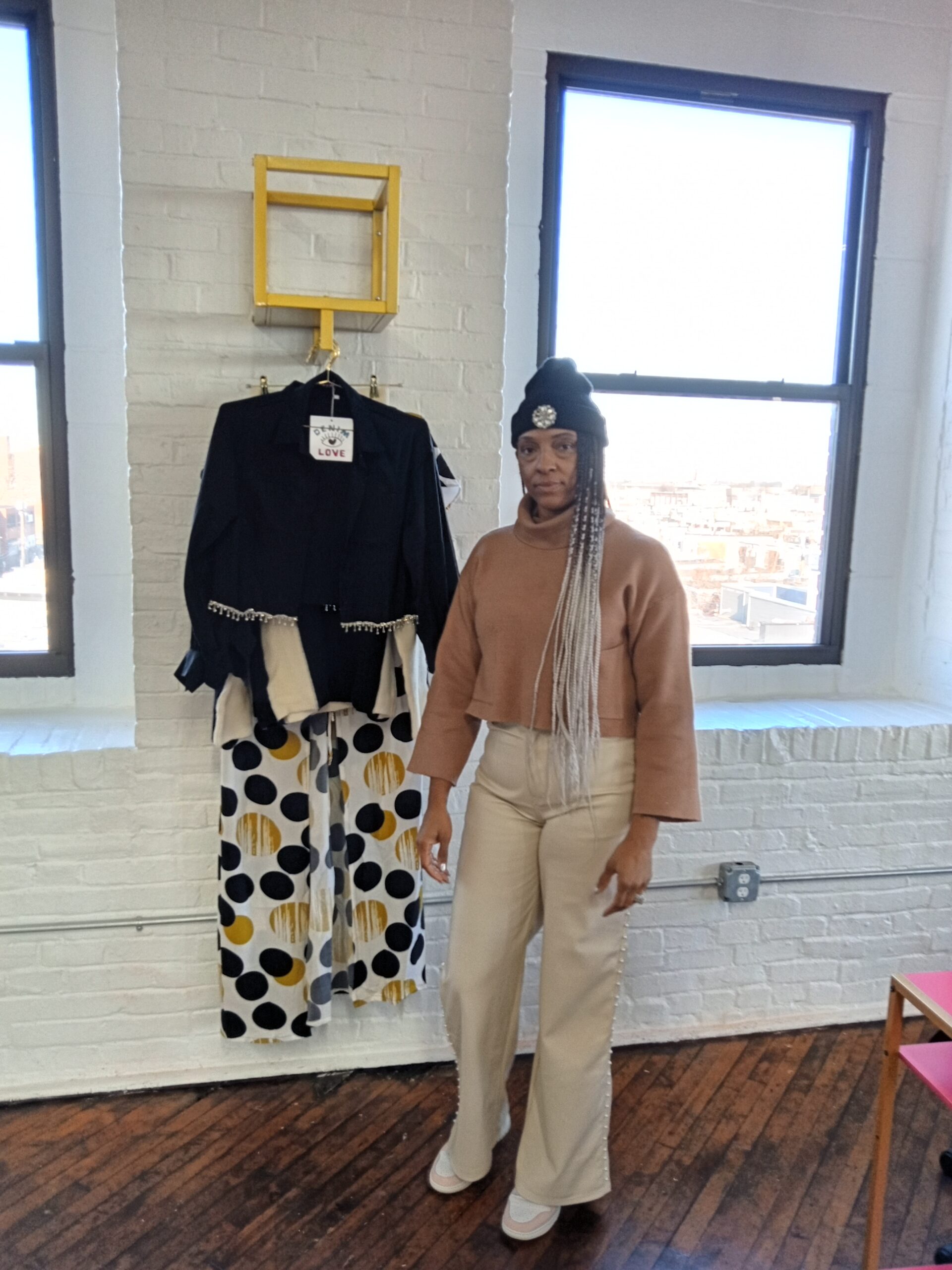Entertainment
Entertainment in Spain (as in Mexico and Argentina) Is Still a “Male Industry”: “We Must Think Bigger”

Women remain noticeably underrepresented in the film and TV production sectors in many countries around the world, and Spain, Mexico, and Argentina are no different. A round table session on the final day of Iberseries & Platino Industria presented studies on female participation in the audiovisual sectors of those countries and saw speakers call for a change in attitudes and support to ensure a greater presence of female professionals.
The big event in Madrid that focuses on Spanish- and Portuguese-language content featured a session with experts from Nebrija University in Spain on Friday, its final day. The speakers were Nebrija researchers Mercedes Herrero de la Fuente, Cristina Angeles, and Rocio Gago, as well as Sabrina Farji from the Audiovisual Equality Observatory OIA in Argentina. Marta Saavedra, director of the Cinema, Women and Education (CIMUED) chair at Nebrija University, served as the moderator.
Herrero de la Fuente shared data that shows women made up only 38 percent of production professionals in Spain in 2023. Based on the definitions of the country’s equality law that mentions a ratio of at least 60:40, “we are talking about a male sector,” she explained.
She also highlighted that women are a minority in most job categories in the industry except for esthetics-focused roles that traditionally have been viewed as strong areas for women. For example, female professionals account for 85 percent of workers in the field of costumes, 81 percent in makeup, and 64 percent in art direction.
In technical areas, such as cinematography and sound, as well as in directing (24 percent), women only have a small presence. “Women are not represented enough in the audiovisual sector in our country,” Herrero de la Fuente concluded.
Angeles said that in Mexico, similarly, “we still have room for improvement.” And she added that “we have a lot to do to keep women in the industry after they direct their first movie.”
Last year, women accounted for only 21 percent of cinematographers in the country, 26 percent of directors, 39 percent of screenwriters, but 65 percent of producers.
For Argentina, Farji said there is data for the top blockbusters, showing women accounting for 34 percent of professionals involved. After #MeToo, female representation, particularly among directors, improved, but then the COVID pandemic had a “brutal” impact on it. “It’s a sort of a rollercoaster, and for women, it’s always harder to come back,” she said. But women are traditionally better represented in such genres as documentaries, the expert also noted.
With the production sector in Argentina having come to a near standstill amid a political dispute, “we have reached an equality of zero,” she also noted. The government of far-right leader Javier Milei passed a controversial plan to cut all state funding for the country’s national film body, providing a hit on top of Argentina’s economic struggles.
Gago at the end of the session summarized key takeaways, calculating that female professionals across the three countries only make up around 30 percent of sector workers. She suggested the industry must start trusting more women with more responsibility outside of their traditional roles.
“There is less trust in women managing projects with higher budgets,” said Herrero de la Fuente. And she wondered if that may partly also be the case because women are so used to and good at making things work with smaller budgets. She concluded: “We must think bigger.”







